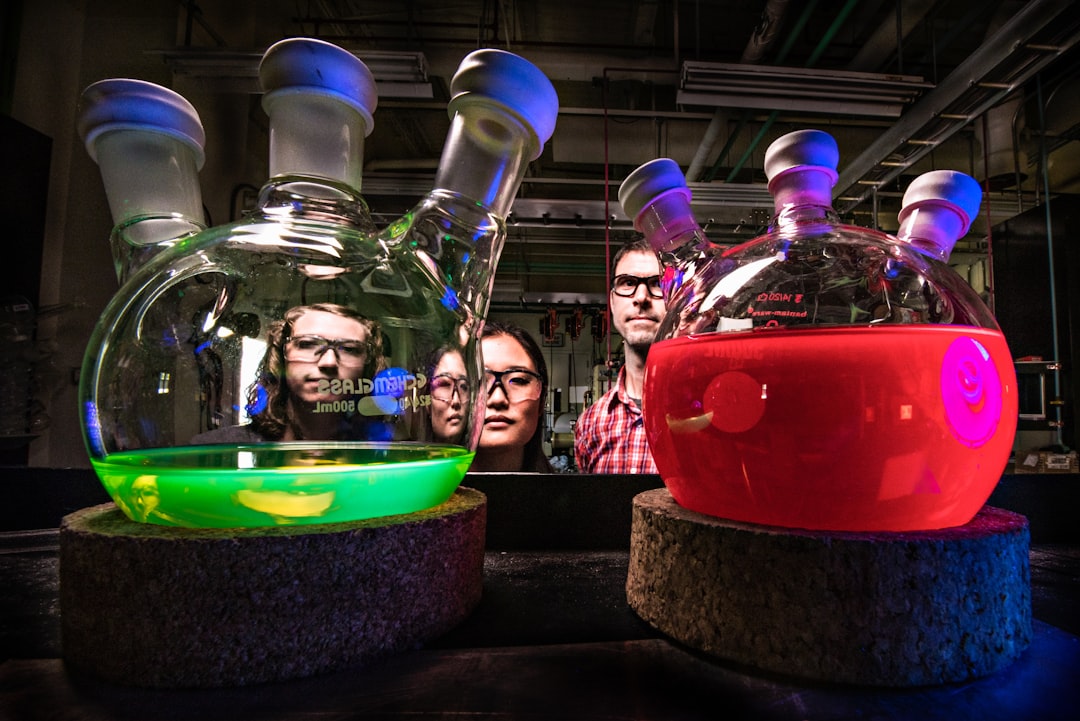What is it about?
In chemistry, it is often important to understand the atomic structure of complex molecules. While simulations can help with this, the calculations can be difficult and long. This is where machine learning (ML) can be useful. ML can not only speed up the calculations but also make more accurate predictions of atomic structures. But, the accuracy of ML models depends on the reference data used for training them. If the training data do not represent the environment of the system well, it reduces the accuracy of the calculations. This, in turn, leads to wrong predictions outside the boundaries of the training data. As a result, it is important to estimate the error and uncertainty in the training data. This study looked at a quantitative error estimation for ML models. The authors first used a scheme where they use the uncertainty to make the simulation results fall back to a reliable baseline for an unexplored environment. Next, they used a technique to calculate the ML uncertainty for single system arrangements and estimate the errors in standard atomic-scale modeling methods. They then tested these methods for various types of systems, such as water and liquid gallium.
Featured Image

Photo by Shahadat Rahman on Unsplash
Why is it important?
ML predictions can often suffer from inaccurate training data. Further, the ML error may not be uniform. This means that the error is not distributed equally among the atoms of the system and affects only a few of them, such as in a chemical reaction. The methods in this study can estimate the ML uncertainty of important physical parameters. In addition, they are applicable to a wide range of systems. In this way, they can be a powerful tool for improving the ML prediction accuracy. KEY TAKEAWAY: The methods proposed in this study allow us to quantify the errors involved in ML predictions. They can be used across the board for all simulations driven by data.
Read the Original
This page is a summary of: Uncertainty estimation for molecular dynamics and sampling, The Journal of Chemical Physics, February 2021, American Institute of Physics,
DOI: 10.1063/5.0036522.
You can read the full text:
Contributors
The following have contributed to this page










